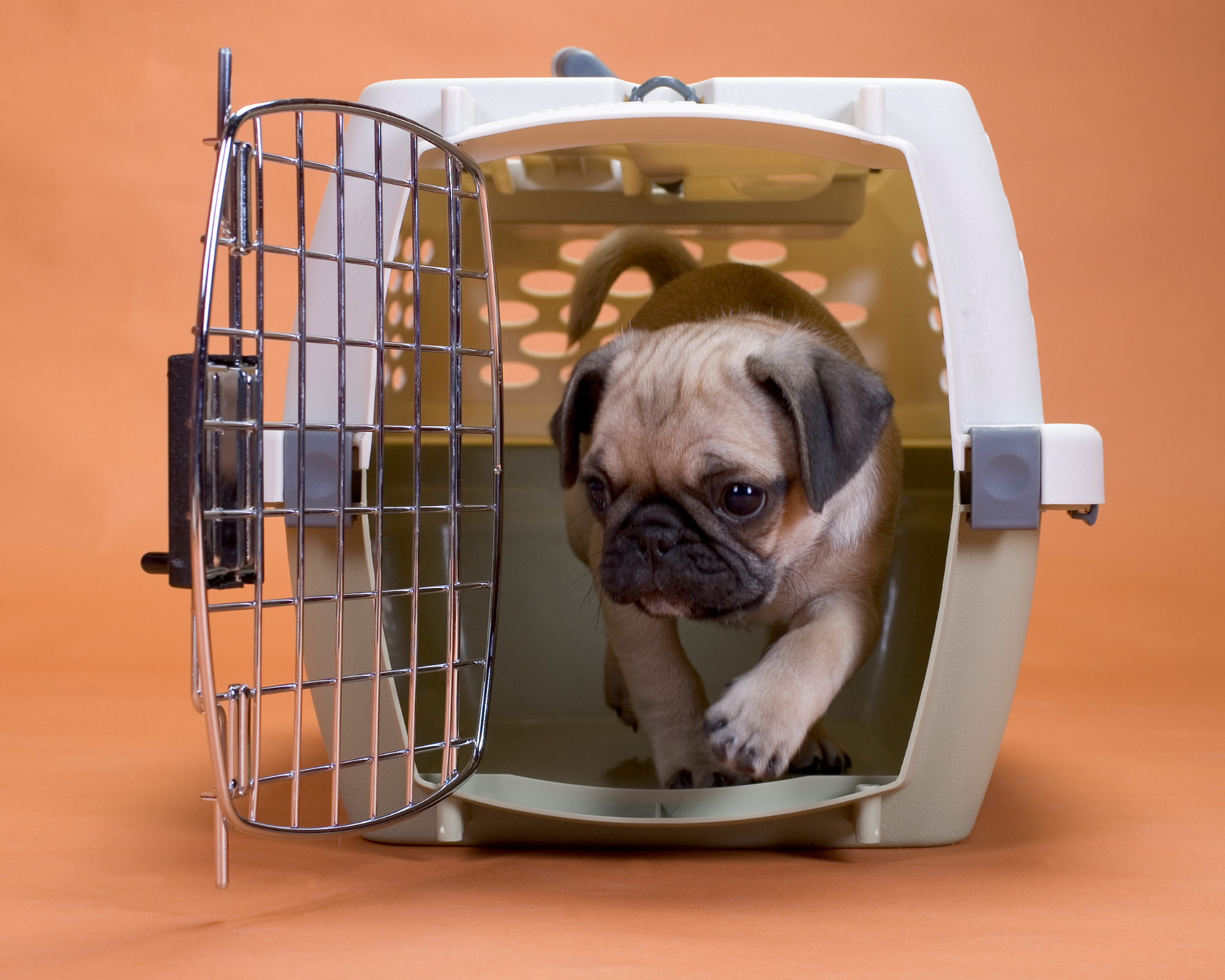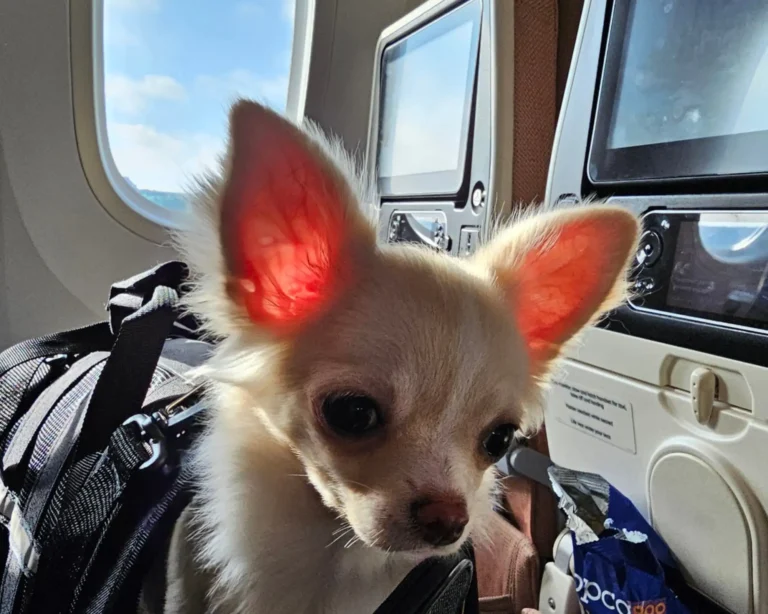Bringing along your purrfect companion to settle in a new country is an exciting adventure, but it requires careful planning to make sure they travel safely and comfortably. One of many things to get ready before departure is selecting the right travel crate. A well-chosen crate not only provides a secure environment for your pet, but should be a small haven of peace for your buddy to relax in during transit. When travelling by air, all pet travel crates must comply with international travel regulations, or buddy might not be allowed to take off. Dive into our guide on how to choose the perfect travel crate now!
Understanding the importance of a suitable travel crate
A travel crate’s main purpose during your flight is to protect your pet. In addition, if your fur baby has been properly crate trained, It can become a safe haven, offering familiarity amidst the unfamiliar surroundings of travel. Moreover, in addition to the global IATA rules and guidelines regarding the pet travel crates, airlines and international travel authorities have strict requirements regarding pet transportation. Making sure your crate is compliant with all these standards is key to avoiding unnecessary stress and surprises on the big D-day.
Key considerations for your pet travel crate
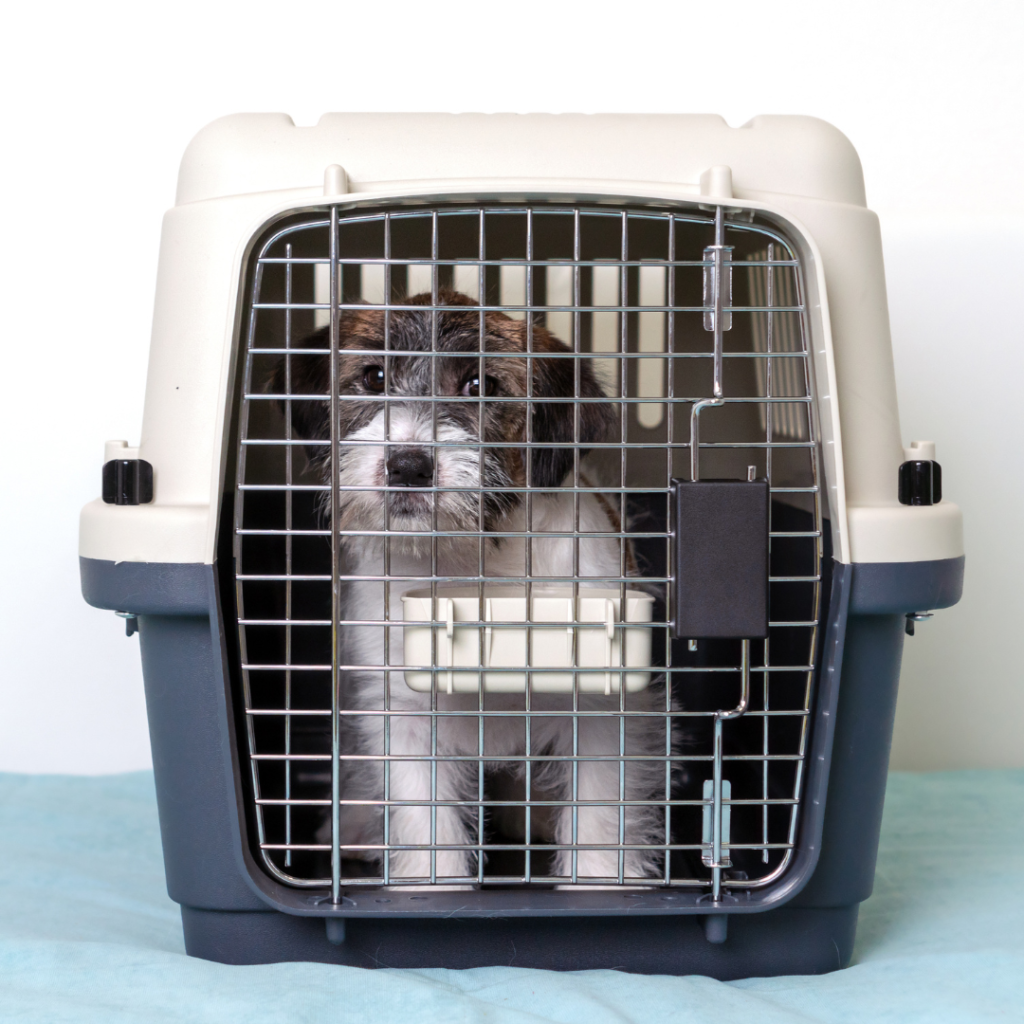
How to choose the perfect pet travel crate? Scroll down below for top features to look for.
Size and fitting
Making sure the crate is the right size for your pet is important because the airline is allowed to reject your pet to board if not. Your pet should be able to stand, turn around, and lie down comfortably. A well fitted crate helps make sure your pet is comfortable inside.
We have made a crate size calculator to help you select a fitting crate, check it out free of charge.
How to choose the perfect pet travel crate? Size and fitting matter, but a big crate doesn’t mean your pet will be safe and comfortable during the move. Always calculate and measure to find the perfect fit.
Material and durability
Travel crates are typically made from hard plastic or wood. For air travel, especially international flights, a sturdy, hard-sided crate is required in order to provide solid protection when in transit. The crates should be robust enough to withstand the rigours of travel and have secure locking mechanisms to prevent accidental openings.
How to choose the perfect pet travel crate? Keep in mind that a sturdy crate is not enough! Make sure the crate door is secured so your pet won’t encounter accidents while on the move.
Ventilation
Adequate ventilation is crucial for your pet’s comfort and safety. The crate should have ventilation on all sides to allow proper airflow. This feature helps regulate temperature and provides fresh air, reducing stress for your pet during the journey. There’s an important balance between sufficient ventilation, sturdiness and making sure no paws, noses or other parts can slip through.
How to choose the perfect pet travel crate? Proper ventilation ensures safe air travel, especially when your pet is placed in the cargo hold. Don’t choose a crate with big gaps of air ventilation.
Compliance with international regulations
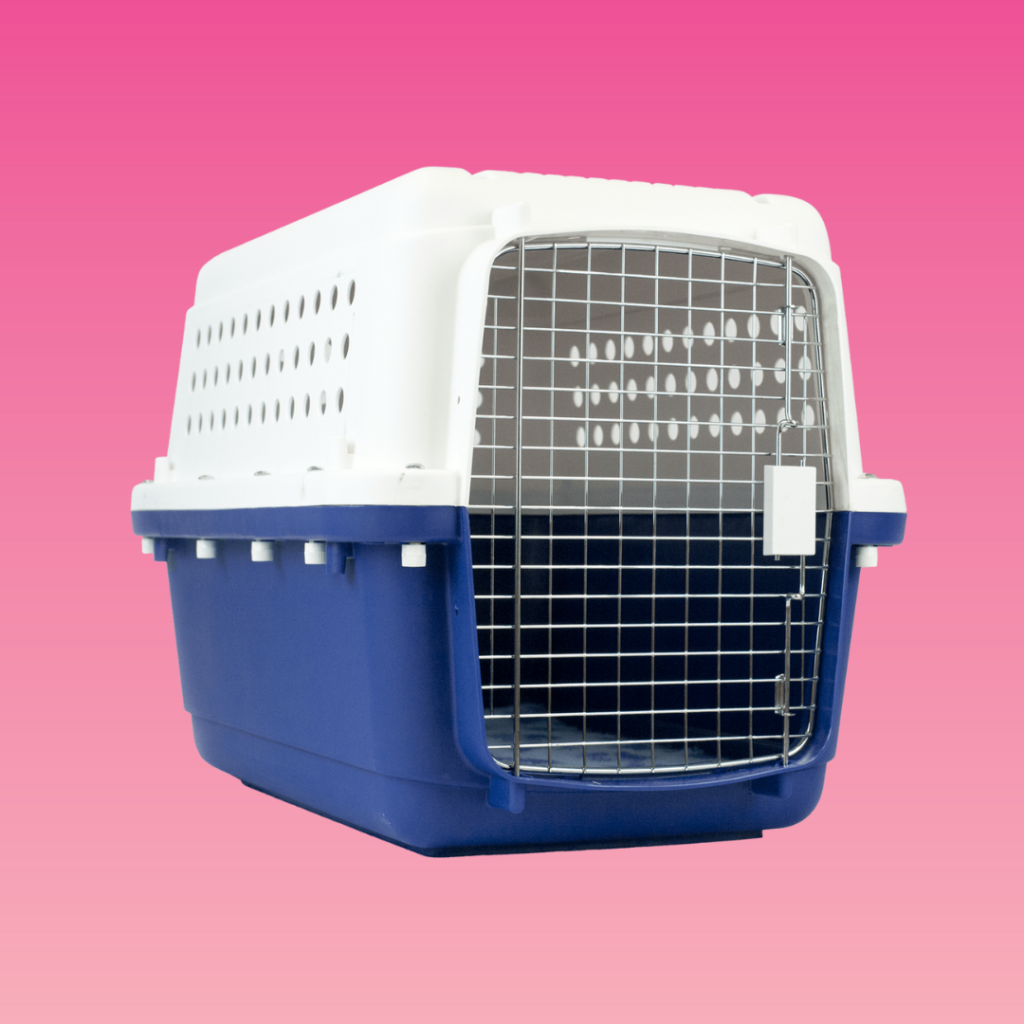
The International Air Transport Association (IATA) has an extensive set of guidelines regarding travel crates including specifications on size, strength, ventilation, amongst others.. These global standards are mandatory for airlines to follow as minimum requirements. Be aware that airlines are allowed to impose stricter regulations than those set forth by IATA. Make sure to check your specific airline’s requirements since non-compliance can lead to costly delays or even denial of boarding for your pet.
How to choose the perfect pet travel crate? Always deepen your research into IATA’s regulations and guidelines before picking out the perfect travel crate for your pet.
Comfort features
Here are some tips on how to make the crate more comfortable for your pet.
- Place absorbent bedding inside to manage any accidents, preferably placed under the crate floor mat to avoid your pet having to lay down on a wet and dirty bedding.
- Including a familiar plush toy, blanket, or a sweaty t-shirt of yours can offer a sense of security to anxious fur babies. Avoid adding anything they can suffocate on (hard toys, collars, air tags, etc.)
- The crate must have a water container accessible from the outside, allowing hydration without opening the crate. Filling it with a large ice block helps minimize spilling. Also attach an extra water bottle on the outside of the crate for handlers to easily top up when needed.
- If your pet is very anxious, talk to your vet about calming spray alternatives available. We don’t recommend sedating your pet when they travel in the aircraft hold due to increased risk for suffocation.
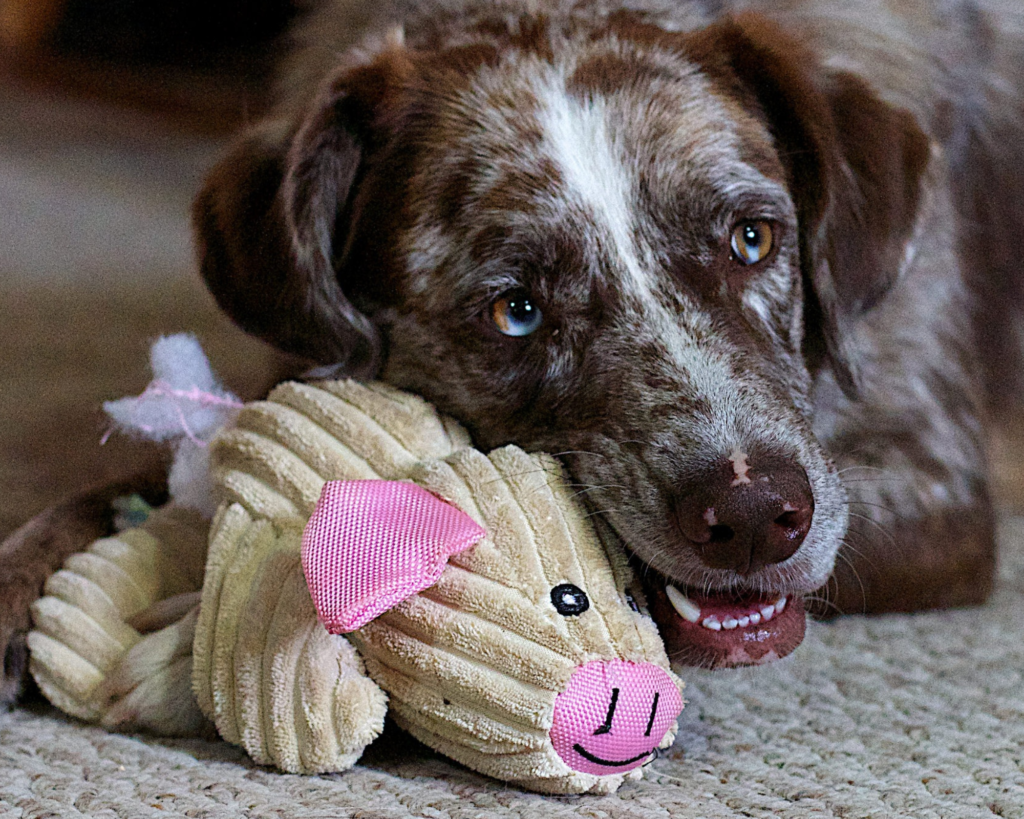
Crate training: The best practice before the big move
Well before the journey, help your pet to become familiar with the crate. Encourage them to spend time inside with the door open, gradually increasing the duration. This acclimatisation helps reduce anxiety during travel, as the crate becomes a familiar and safe space.
If you’re feeling uncertain about where to begin selecting your pet crate, our professional travel team can help you.
Get in touch or browse our selection of travel crates in our web shop.


